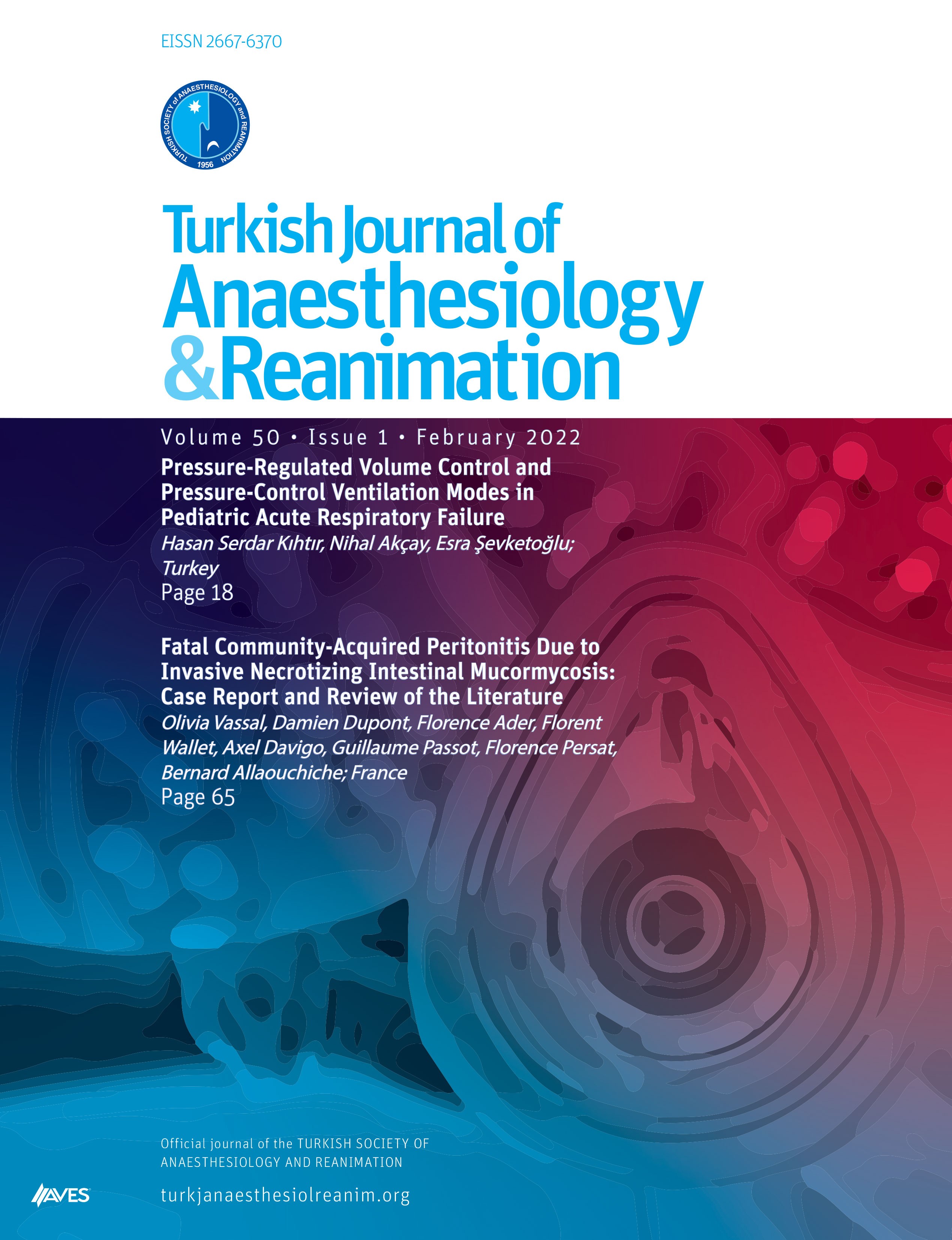
Preoperative Oral Carbohydrate Intake on Hyperglycemia in patients Undergoing Hip Fracture Fixation .
Effect of Preoperative Oral Carbohydrate Intake on Perioperative Hyperglycemia in Indian Patients Undergoing Hip Fracture Fixation.
Turk J Anaesthesiol Reanim. 2024 01-May;():. 10.4274/TJAR.2024.231506Sixty adult patients with hip fractures were randomized to receive either preoperative oral carbohydrate administration (n=30) or conventional fasting (n=30) prior to surgery under combined spinal-epidural anesthesia. The primary outcome was blood glucose levels, and secondary outcomes included postoperative hyperglycemia incidence, insulin levels, blood urea levels, and measures of hunger, thirst, and anxiety. Outcomes were assessed at baseline, immediately after surgery, and 24 hours postoperatively. The results showed no significant difference in blood glucose levels between groups at any time point, but the incidence of postoperative hyperglycemia at 24 hours was significantly lower in the carbohydrate group (P=0.045). Additionally, patients in the carbohydrate group reported lower thirst and anxiety scores perioperatively. Overall, the findings suggest that preoperative oral carbohydrate administration does not prevent perioperative blood glucose increases but reduces postoperative hyperglycemia and enhances patient comfort, recommending its use to improve perioperative care quality.
Unlock the Full ACE Report
You have access to 4 more FREE articles this month.
Click below to unlock and view this ACE Reports
Unlock Now
Critical appraisals of the latest, high-impact randomized controlled trials and systematic reviews in orthopaedics
Access to OrthoEvidence podcast content, including collaborations with the Journal of Bone and Joint Surgery, interviews with internationally recognized surgeons, and roundtable discussions on orthopaedic news and topics
Subscription to The Pulse, a twice-weekly evidence-based newsletter designed to help you make better clinical decisions
Exclusive access to original content articles, including in-house systematic reviews, and articles on health research methods and hot orthopaedic topics
































































